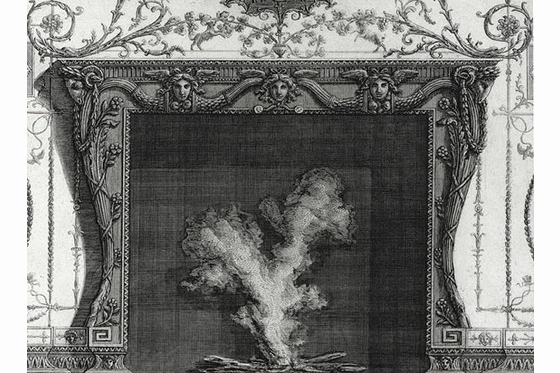

The deliberate seduction of the visitor is the difference between the aims of the current exhibition and the clutch of shows held in 1978 to coincide with the bicentenary of Giambattista Piranesi’s death. You come to them after the film and feel that you are revisiting a place you once saw fleetingly in a dream, and you linger over every detail, looking for a way around these irrational, emotional spaces. Dupond’s film also helps you to see the prints better.

It required not just aesthetic judgement on his part, but also the digital creation of the “other sides” of Piranesi’s structures to provide the third dimension. There is no doubt that the author of this film, Grégoire Dupond of Factum Arte, has himself contributed a work of art to the mix of this fascinating exhibition. They are why, despite having only one actual building to his name, Giambattista Piranesi has attracted literary figures such as Horace Walpole, Victor Hugo, Aldous Huxley and Marguerite Yourcenar, and there is probably more written about him than any other 18th-century architect. The reverberating sound of a solo cello, Bach’s Cello Suite No 2 played by Pablo Casals, accompanies the dense, nervous texturing of these famous prints whose artistic intention, beyond showing the sublimity of horror, remains a fascinating mystery. Then you zoom back, pressing up close against a wall to see the fish-hook etching marks, Piranesi’s own hand at work sweep under an arch into more ruinous, arched spaces with Cyclopian stone walls, vast chains, broken beams you cross bridges, climb stairs towards roofless spaces and moving clouds, pass wraiths and go down again into the darkness.

You penetrate the title page and float through a barred window into a vast space, where faceless figures gesticulate desperately on a high platform with giant Roman heads in relief, while below a man is tortured on the rack. It is a film that takes you into the terrible but noble prisons, the architectural fantasy etchings that Piranesi produced in 1745 and republished in the early 1760s, this time reworked so that they were darker, more oppressive, with yet more exit-less galleries and staircases. What he saw held him transfixed, trying to work out how it had been done. stop at The San Diego Museum of Art.In Venice for the September opening of the Architecture Biennale, Frank Gehry went to the Piranesi exhibition (prolonged until 9 January 2011) at the Fondazione Cini on the island of San Giorgio. Having previously appeared at the Fondazione Cini in Venice and at the Caixa Forum in Madrid and Barcelona, the show makes its only U.S. Strikingly designed by world renowned architect Michele De Lucchi, the exhibition embodies the progressive spirit of Piranesi’s own eclectic visions and his modernity, emphasizing the popular appeal of his work and its continuing relevance to designers and architects.
#Factum arte piranesi full#
The legendary Caffè degli Inglesi is represented as a full scale evocation, and visitors may browse through Piranesi’s sketchbooks using a touchscreen monitor. In addition, the exhibition brings to life Piranesi’s most famous works, the Carceri (Prisons), in the form of a virtual reality 3-D installation. These never-before-seen and never-before-crafted objects take center stage in the exhibition and attest to the creative intellect of Piranesi’s designs.

Utilizing the most advanced technologies, the exhibition enables Piranesi’s two-dimensional renderings of a monumental vase, a candelabrum, tripods, a teapot, an altar, and a fireplace to assume their rightful three-dimensional forms. These prints are combined with modern-day interpretations in new technologies such as video, photography, and digital modeling. More than 300 original prints have been selected from the world renowned collection of the Fondazione Giorgio Cini in Venice, Italy. Fresh, thought-provoking, and innovative, Piranesi, Rome, and the Arts of Design sets out to show the range of the artist’s genius in a 21st-century approach to his creative endeavors. Giambattista Piranesi (1720-1778) was a printmaker, architect, antiquarian, art dealer, theorist, and designer-one of the foremost artistic personalities of the 18th century, whose views of Rome remain the city’s defining image.


 0 kommentar(er)
0 kommentar(er)
